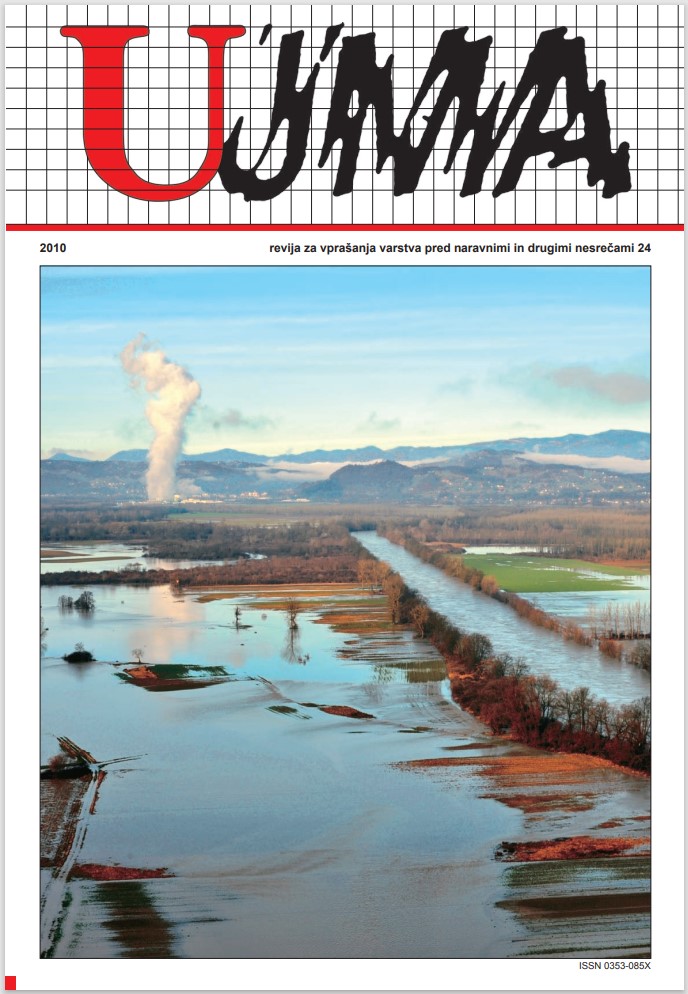ROTATIONAL EFFECTS OF EARTHQUAKES
Abstract
The rotational effects of earthquakes can be seen in the twisted remains of broken chimneys, obelisks, monuments, gravestones and other such elongated structures. Such phenomena were documented in Slovenia after the earthquakes in Brežice in 1917 and in the Upper Soča Valley in 1998. The mechanics of these rotational effects still lacks a uniform explanation. Several hypotheses exist which are based on the classical elastic theory or on modern continuum mechanics. The main problem is related to the lack of suitable instruments for reliable measurements of rotational motions to be taken or for theoretical models to validate. The development of new instruments over the last decade has, however, enabled more detailed research into this field.
References
Ministrstvo za okolje in prostor RS, ARSO, Urad za seizmologijo in geologijo, Ljubljana.
Downloads
Published
Issue
Section
License

This work is licensed under a Creative Commons Attribution-NonCommercial-NoDerivatives 4.0 International License.
The articles are made available to the public under Creative Commons Attribution-NonCommercial-NoDerivatives 4.0 International (CC BY-NC-ND 4.0).


